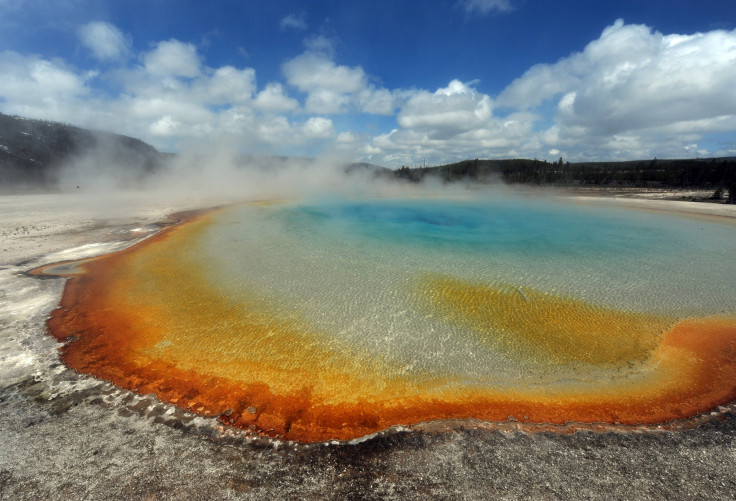Scientists Discover New Trend In Frequency Of Yellowstone Volcano’s Super-Eruptions
KEY POINTS
- Scientists discovered a trend in the frequency of Yellowstone's super-eruptions
- Yellowstone's most powerful eruption occurred 8.7 million years ago
- Scientists learned that the frequency of the volcano's super-eruptions is decreasing
After discovering the most powerful eruption caused by the Yellowstone Caldera, scientists determined an important trend regarding the frequency of the volcano’s super-eruptions. The scientists came to this conclusion after studying volcanic deposits near the Yellowstone volcano.
On June 1, volcanologists from the University of Leicester in the U.K. released a study identifying Yellowstone’s most powerful volcanic eruption. Dubbed as the Grey’s Landing super-eruption, it occurred about 8.7 million years ago and covered an area as big as New Jersey in volcanic material.
Prior to the discovery of the Grey’s Landing, Yellowstone’s most powerful eruption was the McMullen Creek. According to the scientists, this eruption occurred about 9 million years ago and affected an area of about 4,600 miles around the volcano.
The scientists learned about these two eruptions by using a combination of techniques to study samples of volcanic deposits near the Yellowstone Caldera. Through their analysis, the scientists learned that the sheets of material where the samples came from were formed during the volcano’s super-eruptions.
After studying the McMullen Creek and Grey’s Landing eruptions and comparing them to other super-eruptions, the scientists noted a trend regarding the behavior of the volcano.
According to the scientists, Yellowstone’s eruption records indicate that the frequency of super-eruptions produced by the volcano is decreasing. This could also mean that the volcano’s ability to produce exceptionally powerful eruptions is dwindling.
“It therefore seems that the Yellowstone hotspot has experienced a three-fold decrease in its capacity to produce super-eruption events,” volcanologist Thomas Knott said in a statement. “This is a very significant decline.”
As noted by the scientists, the McMullen Creek and Grey’s Landing eruptions occurred during the period when Yellowstone produced super-eruptions at an average of about 600,000 years. However, records of eruptions that occurred during the last 3 million years indicate that super-eruptions occurred roughly every 1.5 million years.
“We have demonstrated that the recurrence rate of Yellowstone super-eruptions appears to be once every 1.5 million years,” Knott explained. “The last super-eruption there was 630,000 years ago, suggesting we may have up to 900,000 years before another eruption of this scale occurs.”

© Copyright IBTimes 2024. All rights reserved.





















